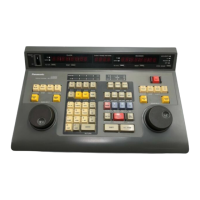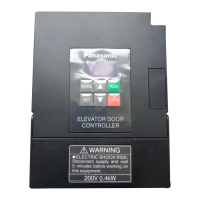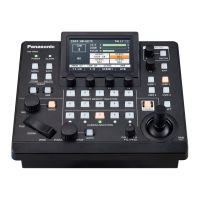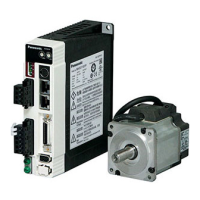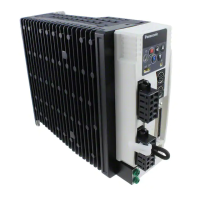Note1) The number of points actually available for use is determined by the hardware configuration.
Note2) The number of points can be increased by using an auxiliary timer.
Note3) This is the specifications when the rated input voltage is 24 V DC at 25 °C. The frequency will
decrease depending on voltage, temperature or usage condition.
Note4) The maximum frequency varies depending on the use.
Note5) Precision of realtime clock:
- At 0°C: less than 119 seconds per month
- At 25°C: less than 51 seconds per month
- At 55°C: less than 148 seconds per month
Note6) Writing is available up to 10000 times. When the optional battery is used, all areas can be backed
up. Areas to be held and not held can be specified using the system registers.
Note7) If an area is held when the battery is not installed, the value of data may be indefinite as it is not
cleared to 0 when the power is turned on. When the battery ran out of the power, the data at the
hold area will be indefinite.
Note8) Note that the lifetime in actual use may be shorter than the typical lifetime depending on the use
conditions.
Note9) Refresh time of FP0 expansion unit
Commu-
nication
method
Half-duplex
communication
Two-wire,
half-
duplex
communi-
cation
Half-duplex
communication
Two-wire,
half-
duplex
communi-
cation
Token
bus
(Floating
master)
Half-duplex
communication
Two-wire,
half-
duplex
communi-
cation
Note1) Although it has adequate tolerance to noise, it is recommendable to make the user program to
execute retransmission(in order to improve reliability of the communication when a
communication error occurs due to excessive noises or when a receiver equipment cannot
receive data temporarily).
Communication port (Ethernet)

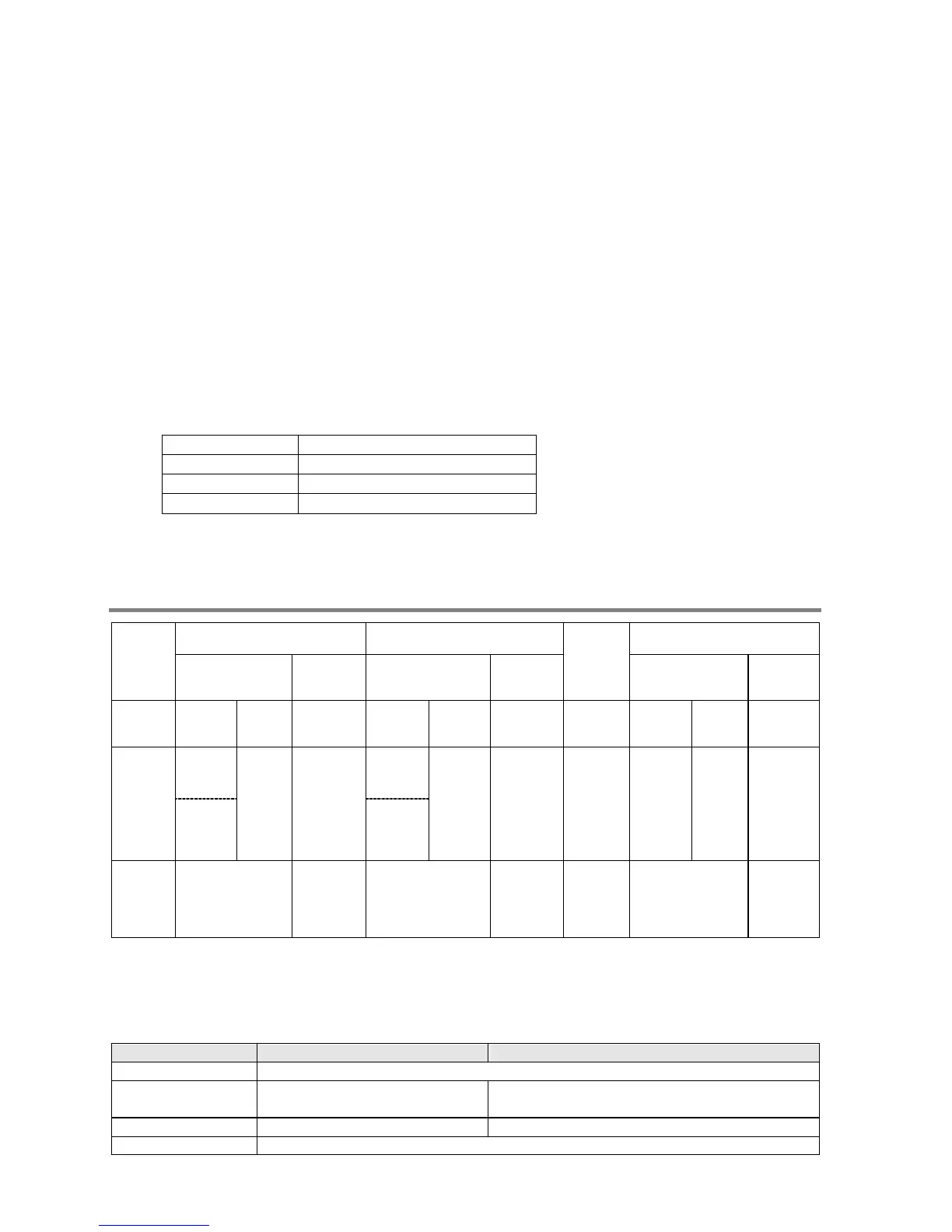